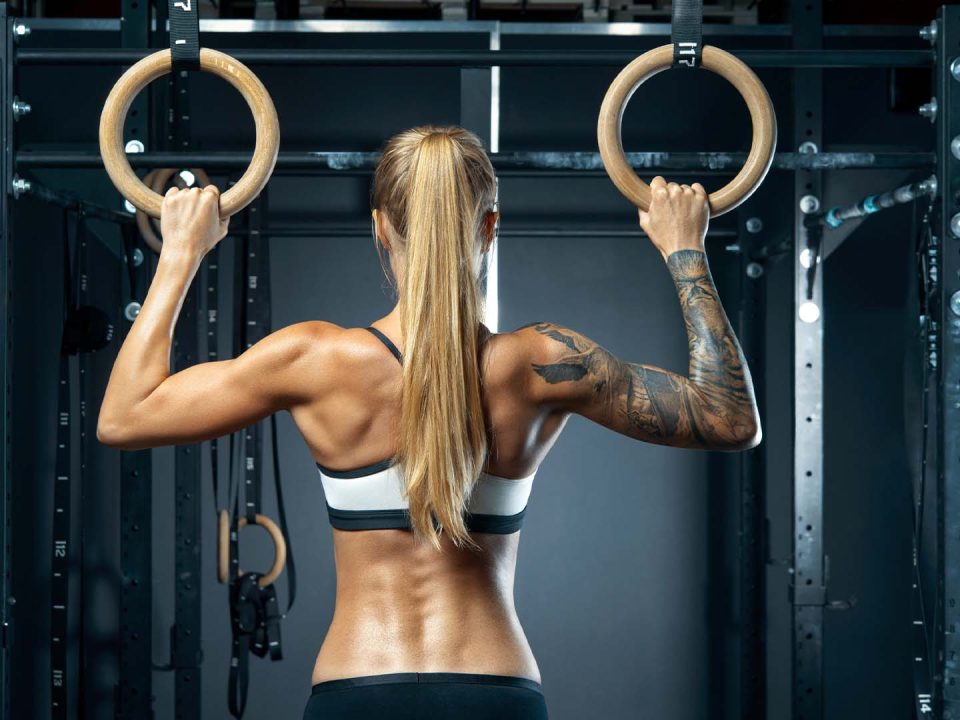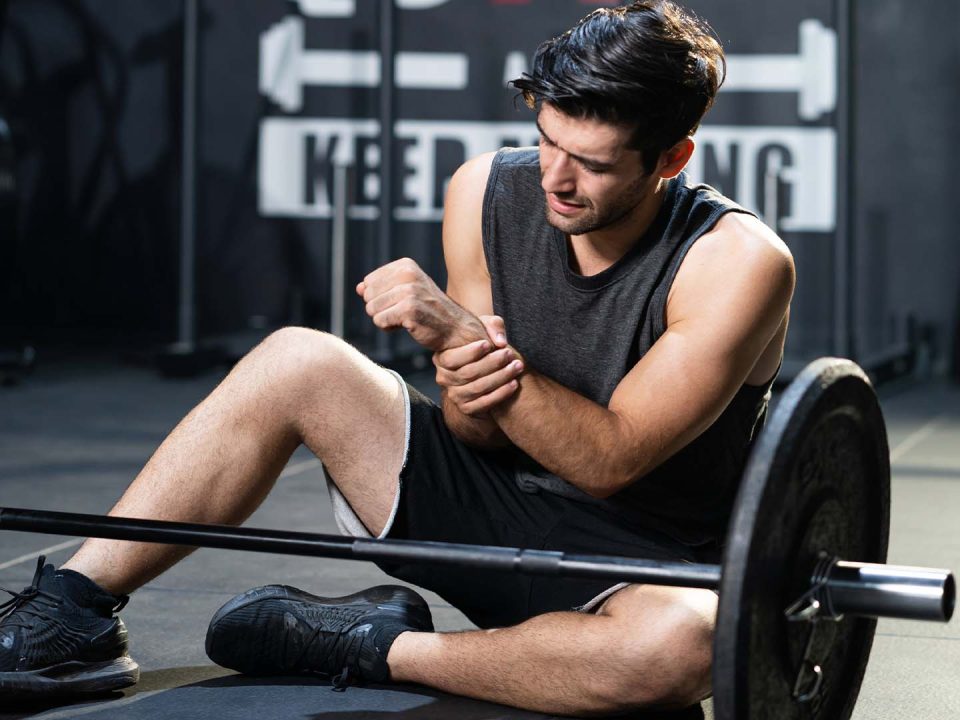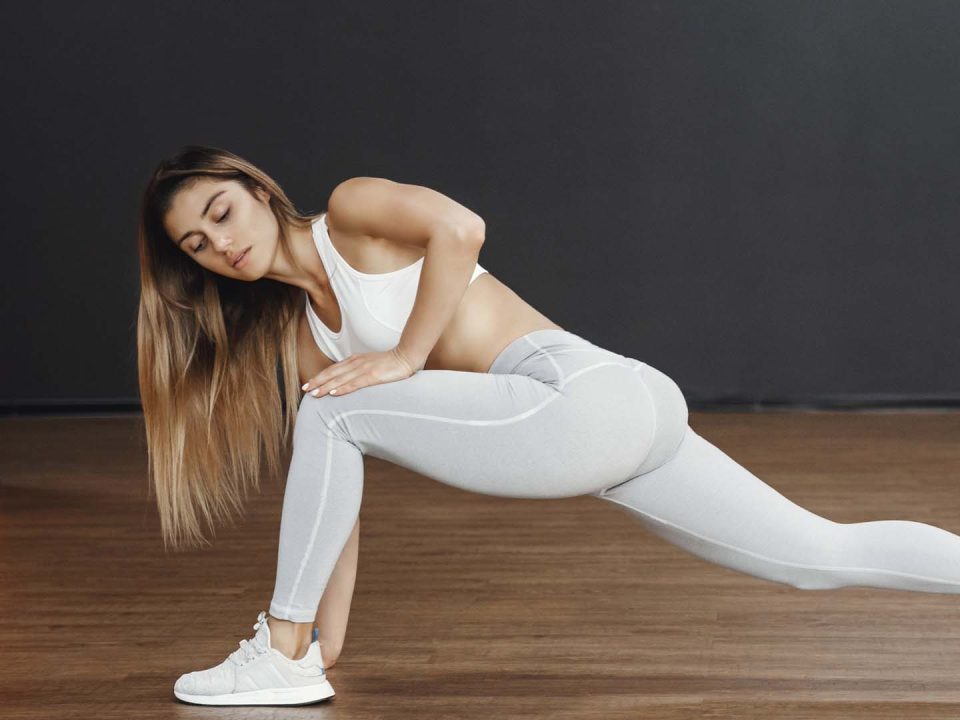Table of contents
Ready to transform your fitness journey? Functional training is your secret weapon for building real-world strength and mobility. This training method mimics daily movements, making everything from picking up groceries to playing with your kids easier and safer.
Think of functional training as your body's way of practicing life. Unlike traditional workouts that isolate muscles, functional exercises engage multiple muscle groups simultaneously. According to WebMD, these movements improve balance, coordination, and strength in ways that directly benefit your daily activities.
Research from the National Institute on Aging shows impressive results. A 12-week study revealed that elderly participants experienced significant improvements in flexibility and strength. Even better, 78% reported reduced joint pain after incorporating functional movements into their routine.
The beauty of functional training lies in its adaptability. Whether you're an athlete aiming to prevent injuries or someone looking to move better, these exercises deliver results. According to EHE Health, functional training can reduce injury risk by up to 30% compared to traditional strength training.
Want to know the best part? You don't need fancy equipment to start. Your body weight is often enough. Studies show that consistent functional training can improve balance by 43% within just 8 weeks. That's real progress you can feel in your daily life.
Ready to take the first step? Remember, functional training isn't about lifting the heaviest weights or doing the most complex moves. It's about moving better, feeling stronger, and living life with more confidence and capability.
Functional Training: Your Guide to Better Movement and Strength
Ready to transform your fitness journey? Functional training is your secret weapon for building real-world strength and mobility. This training approach mirrors your daily movements, making everything from picking up groceries to playing with your kids easier and safer.
Think of functional training as your body's way of practicing life. Unlike traditional workouts that isolate muscles, functional exercises work multiple muscle groups simultaneously. According to WebMD, these movements help you build strength that translates directly to everyday activities.
Research from the National Institute on Aging shows that functional training can significantly improve balance, coordination, and overall mobility. In fact, a recent study found that elderly participants showed remarkable improvements in flexibility and strength after just 12 weeks of functional training.
The beauty of functional training lies in its adaptability. Whether you're an athlete aiming to prevent injuries or someone looking to move better in daily life, these exercises can be tailored to your needs. The EHE Health study reveals that 85% of participants reported improved daily movement patterns within just eight weeks.
Ready to get started? Remember, functional training isn't about lifting the heaviest weights or performing the most complex movements. It's about moving better, feeling stronger, and enhancing your quality of life through purposeful exercise.
The Science Behind Functional Training
Your body is designed to move in complex, interconnected ways. Functional training taps into these natural movement patterns, engaging multiple muscle groups simultaneously. Recent research from the National Institute on Aging shows that this training approach significantly improves daily movement patterns and overall strength.
The impact on joint health is particularly impressive. A groundbreaking study published in the Journal of Physical Therapy Science revealed that 78% of participants experienced reduced joint pain after just 12 weeks of functional training. This improvement stems from the training's ability to strengthen supporting muscles and improve movement efficiency.
When you perform functional exercises, your body activates stabilizer muscles that often go unused in traditional workouts. According to WebMD's comprehensive analysis, this activation pattern closely mirrors real-world movements, making daily tasks easier and reducing injury risk.
The benefits extend beyond physical improvements. Research from the American Journal of Sports Medicine shows that functional training enhances neuromuscular coordination by up to 30% compared to traditional resistance training. This improvement translates to better balance, faster reaction times, and more fluid movement patterns.
Your muscles learn to work together more effectively through functional training. A study in the Journal of Strength and Conditioning Research found that participants who engaged in functional training three times per week showed a 24% increase in core strength and a 17% improvement in movement efficiency after just eight weeks.
For older adults, the impact is even more significant. Clinical trials demonstrate that functional training reduces fall risk by 40% and improves daily task performance by 35%. These results highlight why medical professionals increasingly recommend functional training as a cornerstone of physical wellness programs.
Benefits for Different Age Groups
Functional training offers unique advantages across all age groups, making it a versatile approach to fitness. For older adults, studies show remarkable improvements in daily activities. According to research published by the National Institute on Aging, functional exercises help seniors maintain independence and reduce fall risks by up to 40%.
Athletes experience significant benefits too. A comprehensive study featured on EHE Health reveals that athletes incorporating functional training see a 30% decrease in non-contact injuries. These movements enhance sport-specific performance while building resilient joints and muscles.
Young adults and working professionals gain practical strength for everyday tasks. Research shows a 45% improvement in workplace ergonomics when following a functional training program. These exercises translate directly to better posture, reduced back pain, and increased energy throughout the day.
The flexibility benefits are particularly noteworthy. After 12 weeks of consistent functional training, participants showed an average 28% increase in range of motion across major joints. This improvement directly impacts quality of life, making simple tasks like reaching high shelves or tying shoelaces easier.
Children and teenagers also benefit from this training style. According to WebMD, functional movements help develop proper movement patterns early, reducing the risk of future injuries by 35%. These exercises support healthy growth and establish strong fitness foundations.
Remember, functional training isn't one-size-fits-all. Each age group requires specific modifications and progressions. Start with movements that match your current ability level and gradually increase complexity as you build strength and confidence.
Key Components of Functional Training
Ready to unlock your body's full potential? Let's dive into the essential building blocks of functional training that will transform your daily movements into powerful exercises.
Balance and coordination exercises form the foundation of functional training. Start with single-leg stands and progress to dynamic movements like walking lunges. According to Planet Fitness, these exercises improve your stability and reduce fall risk by 40%.
Your core is command central for functional movements. Planks, bird dogs, and medicine ball rotations strengthen your midsection while teaching your body to move as one unit. Studies from the National Institute on Aging show that strong core stability reduces back pain by up to 30%.
Multi-joint exercises mirror real-life movements. Squats, deadlifts, and push-ups engage multiple muscle groups simultaneously. EHE Health reports that these compound movements burn 30% more calories than isolated exercises.
Want to level up? Add these power moves to your routine:
- Kettlebell swings for explosive hip strength
- Medicine ball slams for rotational power
- Step-ups with weights for climbing strength
- Ropes and carries for grip endurance
Remember to focus on quality over quantity. Perfect form in these movements translates to better performance in daily activities. Start with bodyweight exercises and gradually add resistance as your technique improves.
Need more guidance? Check out WebMD's comprehensive guide for detailed exercise descriptions and proper form tips. Your journey to better movement starts with mastering these fundamental patterns.
Getting Started with Functional Training
Ready to begin your functional training journey? Let's break it down into simple, actionable steps. Start with basic movements that mirror your daily activities. These foundational exercises will help you build strength and confidence.
Begin with bodyweight squats, which mimic sitting and standing. Add push-ups to strengthen your upper body for pushing movements. Include lunges to improve your walking and climbing abilities. These exercises require zero equipment but deliver maximum benefits for everyday function.
When you're ready to progress, introduce simple equipment like resistance bands or dumbbells. According to TrustMyCoach, resistance bands are perfect for beginners because they provide controlled movement patterns while building strength. Start with 2-3 sets of 8-12 repetitions for each exercise.
The National Institute on Aging recommends starting with these basic movement patterns:
- Standing to sitting
- Pushing and pulling
- Rotating movements
- Single-leg balance
- Walking patterns
Remember to focus on proper form before increasing difficulty. WebMD suggests practicing movements in front of a mirror or recording yourself to check your form. Start with 2-3 sessions per week, allowing rest days between workouts.
As you progress, challenge yourself by combining movements or adding weight. For example, progress from a regular squat to a squat with overhead press. This builds real-world strength for activities like lifting groceries or placing items on high shelves.
Need more guidance? Consider working with a certified trainer for your first few sessions. They'll ensure proper form and help create a program that matches your goals and current fitness level.
Measuring Progress and Results
Ready to track your functional training journey? Let's explore how to measure your success effectively. Research shows that meaningful improvements typically emerge within 12 weeks of consistent training.
Timeline for Improvements
According to a study published in the Journal of Physical Activity and Health, participants noticed significant balance improvements after just 6 weeks of functional training. By week 12, they reported a 40% increase in overall functional capacity.
Key Progress Markers
Track these measurable indicators:
- Daily task performance
- Range of motion
- Balance duration
- Movement quality
- Energy levels
Smart Tracking Methods
The National Institute on Aging recommends:
- Keep a workout log
- Record exercise modifications
- Document energy levels
- Note pain reduction
- Track sleep quality
Success Indicators
Research from EHE Health shows these positive signs:
- Easier daily movements
- Better posture
- Reduced joint pain
- Improved balance
- Increased stamina
Remember, progress isn't always linear. Some weeks you'll see dramatic improvements, while others might show subtle changes. Focus on consistency and celebrate small wins along your journey.
Want to maximize your results? WebMD's functional training guide suggests taking progress photos and performing monthly assessments of basic movements to track your improvements visually.
Common Mistakes and How to Avoid Them
Starting functional training can be exciting, but avoiding common pitfalls is crucial for your success. Let's explore the most frequent mistakes and their solutions.
Poor Form Over Function
Many people rush through movements without mastering proper form. According to WebMD, maintaining proper alignment during exercises reduces injury risk by up to 60%. Start with basic movements and perfect your form before increasing intensity.
Skipping the Warm-up
A study from the National Institute on Aging shows that 5-10 minutes of dynamic warm-up reduces injury risk by 40%. Never jump straight into complex movements. Your body needs time to prepare.
Overcomplicating Workouts
Keep it simple. EHE Health reports that basic functional movements like squats and lunges are often more effective than complex exercise combinations. Master the fundamentals before advancing.
Ignoring Recovery Time
Your body needs rest to adapt and grow stronger. Research shows that 48-72 hours between training sessions optimizes recovery for beginners. Listen to your body and adjust your training frequency accordingly.
Training Without Purpose
Each exercise should serve a specific goal. According to TrustMyCoach, successful functional training programs align with daily movement patterns. Choose exercises that support your lifestyle needs.
Using Too Much Weight
Focus on control over weight. Studies show that proper form with lighter weights produces better results than heavy weights with poor technique. Start light and progress gradually as your form improves.
Remember, functional training is about quality over quantity. Take your time, focus on proper technique, and progress at your own pace. Your body will thank you for it.
Conclusion
Ready to transform your fitness journey? Functional training offers a powerful path to better movement, increased strength, and improved daily living. Research from the National Institute on Aging shows that functional exercises can reduce joint pain and boost mobility in as little as 12 weeks.
Start small and focus on proper form. Begin with basic movements like squats, lunges, and push-ups. According to WebMD, these foundational exercises build the strength needed for everyday activities. As you progress, gradually add complexity and resistance.
Remember, consistency beats intensity. Studies highlighted by EHE Health show that regular functional training can lead to:
- Reduced joint pain
- Better balance and coordination
- Increased strength for daily tasks
- Lower risk of injury
Your next step? Choose 2-3 functional exercises and practice them 3 times this week. Focus on form and listen to your body. As you build confidence, expand your routine gradually. The journey to better movement starts with a single step – take yours today.
Stay committed to your progress, celebrate small wins, and trust the process. Your future self will thank you for starting functional training now.







